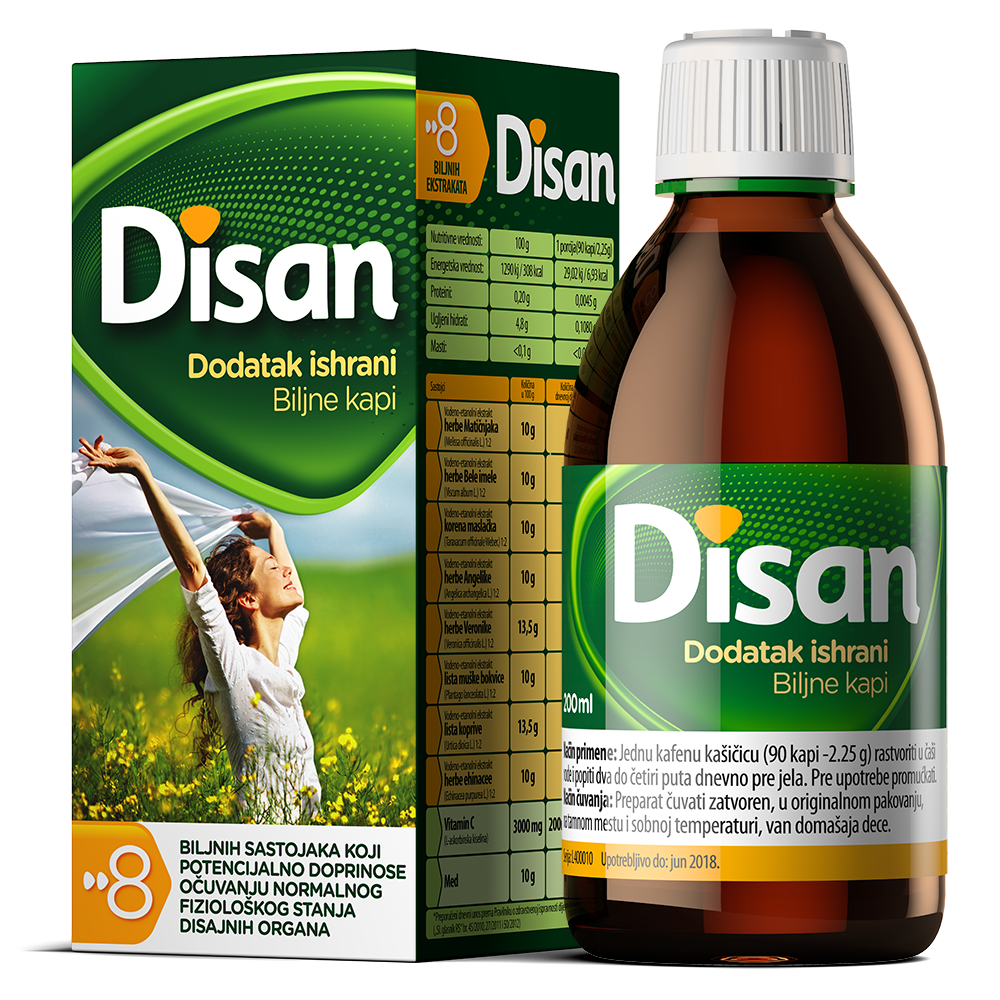(Echinacea purpurea)
If we were to choose the most beautiful medicinal plant, top prize would most likely be given to echinacea thanks to its beautiful purple flowers. It is thanks to them that it is frequently used as a decorative plant in gardens and backyards. Its Latin name, Echinacea purpurea, has a less charming connotation: ekhinos in Greek means a sea urchin, and the association is to do with the central prickly disc of its flower around which petals are arranged. This small central cup is also part of the plant’s English name: purple coneflower. This cute flower is of North American origin where it was first discovered by the Indians in the prairies – they were the first to realise that it has much more to offer than its beauty. Centuries before Europeans set foot on this continent, it had been used to treat various ailments, especially snake bites and open wounds.
American Indian sorcerer’s gift to Europe
According to some sources, echinacea was first introduced to Europe by the American naturalist John Bannister who sent the seeds to England in 1699, where it was long valued as an ornamental plant. In America, it saw its first official “Western” medicinal use in Meyer’s blood purifier, a miraculous tonic made by German migrant H.C.F. Meyer; the tonic was used for everything from snake bites to syphilis, scarlet fever, diphtheria to blood poisoning. The first European to recognise echinacea’s medical potential was Swiss herbalist Alfred Vogel, as late as in the 1950s. It is said that Vogel received the seeds of this plant from Black Elk, a sorcerer of the Lakota tribe; echinacea became Vogel’s favourite plant and he started cultivating it in his country. What attracted him most was echinacea’s strong effect on immunity and viral infections.
Echinacea for immunity
Science has proven in numerous clinical studies conducted in our century what the Indians had known for a long time and what was Vogel’s personal conviction. One extensive research paper confirmed echinacea’s immunomodulatory, anti-inflammatory and healing properties. This means that the plant has the ability to “shake up” our immune system – make it adapt when we are attacked by microbes – but also to “calm it down” when it is hyperactive, as is the case with allergic reactions. In addition, it soothes inflammation and promotes wound healing. This property has been laboratory-proven also for the COVID-19 virus.
One interesting study looked into the effects of this plant using airline passengers as respondents: over five weeks, 175 randomly selected adult passengers on long-haul commercial flights from Australia to America, Europe and Africa received tablets, either containing echinacea extract or placebo. The goal was to determine the effect of the plant on the respiratory system. As long flights and dry air usually have a negative effect on the airways, an aircraft was considered the ideal place to look into this. Although all subjects experienced these negative effects, it turned out that they were visibly less pronounced in the group taking echinacea tablets.
Echinacea, death to fungi
The European Medicines Agency mentions the use of this plant for respiratory tract infections, colds, skin injuries and urinary tract infections. In addition to strengthening our immunity and helping us breathe, echinacea also has a strong antifungal effect. One study proved that the plant’s extract targets the wall of fungal cells and thus systematically destroys them. Therefore, it is very useful for the treatment of various types of mycoses – fungal skin diseases – and is especially effective in the case of Candida albicans, which the modern pharmaceutical industry has recognised and hence has harnessed the power of this plant in a new type of preparation named after it – echinocandin.
Small flower, big benefit
What we know today is that echinacea extract or juice has a much better effect than a dried plant, so it is most often used in the form of drops or tonics. If we summarise all the benefits we have from the medicinal echinacea, we could say that it is of great help for the following conditions:
- decreased immunity
- viral infections, including urinary tract and prostate infections
- colds and flu
- respiratory disorders, cough, bronchitis, sore throat, sinusitis
- metabolic disorders
- headaches and migraines
- excessive sweating
- wounds, inflammation and disorders of the skin and mucous membranes, including herpes, abscesses, gingivitis, canker sores
- fungal infections – vaginitis (candida), ear infection, athlete’s foot.
Echinacea is well tolerated and has almost no negative effects; however, due to its immunomodulatory effect, it is not recommended for people who suffer from progressive systemic autoimmune diseases, tuberculosis, as well as in pregnancy.
When infections are just partially healed with antibiotics they are certain to reoccur. In that case this powerful purple flower enters the scene, which, unlike antibiotics, does not destroy our intestinal flora. The power of echinacea is greatest when we use it preventively. And when used in synergy with other potent medicinal plants, such as broadleaf plantain, veronica, angelica, dandelion, nettle and mistletoe, then microbes can do us no harm.
It is exactly this kind of synergy of medicinal herbs that can be found in the bottle of Disan – a bio-elixir intended to strengthen immunity and help with respiratory disorders. With the addition of honey and vitamin C, Disan is a strong fighter against infections, it cleanses the lungs and strengthens the mucous membranes of the respiratory tract, helps with pollen allergies and also preserves the vitality of the whole body. Disan does not only make breathing easier, it also makes it easier to give up smoking: this bio-elixir soothes smoking coughs and reduces nicotine addiction. Professionally prepared in Herba Svet laboratories, Disan is the pillar of our immunity that helps us cope with the greatest challenges of our time.

